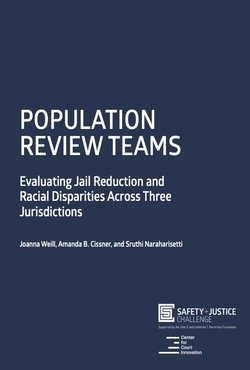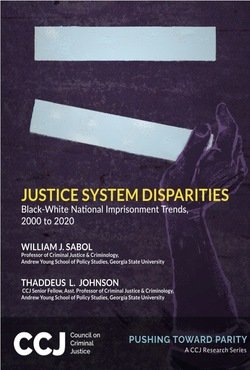By Michelle S. Phelps
Between 1980 and 2007, probation rates in the United States skyrocketed alongside imprisonment rates; since 2007, both forms of criminal justice control have declined in use. Although a large literature in criminology and related fields has explored the causes and consequences of mass incarceration, very little research has explored the parallel rise of mass probation. This review takes stock of our knowledge of probation in the United States. In the first section, I trace the expansion of probation historically, across states, and for specific demographic groups. I then summarize the characteristics of adults on probation today and what we know about probation revocation. Lastly, I review the nascent literature on the causal effects of probation for individuals, families, neighborhoods, and society. I end by discussing a plan for research and the growing movement to blunt the harms of mass supervision.
Annual Review of Criminology, Annu. Rev. Criminol. 2020. 3:261–79





















